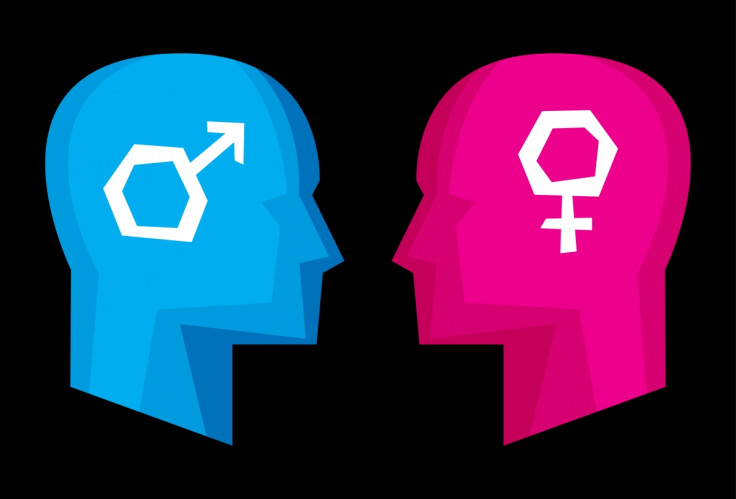Dyslexia: Why boys are more frequently diagnosed than girls
Processing speed mediates much of the sex differences in dyslexia prevalence.

Boys are diagnosed more often than girls with dyslexia, but the reason for this has long remained elusive. Scientists have now shown that differences in processing speed – the speed at which people automatically and fluently perform relatively easy tasks – may be to blame.
In the UK, it is estimated that 10% of the population suffer from dyslexia, a specific learning difficulty that affects people's ability to read and spell. For each girl diagnosed with dyslexia, three to five boys are diagnosed.
In many psychiatric or behavioural disorders, sex differences in prevalence have been observed, but underlying causes remain unclear. In a study published in 2015, Ann Arnett, from the University of Washington, had already studied these differences in prevalence in Attention deficit hyperactivity disorder.
She and her colleagues had showed that processing speed mediated a large part of the differences in prevalence.
Using the same method as in their ADHD study, Arnett and colleague decided to turn their attention to dyslexia. "Dyslexia and ADHD often co-occur, and they have a lot in common, including higher rates of diagnosed males than females. So it seemed like an obvious next step to look at reading and see if it mirrored our findings with ADHD", she told IBTimes UK.
The findings are now published in the Journal of Child Psychology and Psychiatry.
Testing the participants
The scientists begin their research by explaining that differences observed in dyslexia prevalence cannot be explained by cultural and educational factors. Indeed, girls' advantage in reading performance is apparent even before formal schooling begins. Additionally, these sex differences are found across countries that have very different educational practices.

Here, the team recruited 2,401 unrelated youth aged between 7 and 24. The participants went through a series of cognitive tests to assess their reading. One of the test they completed was
the Oral Nonword Reading task, a test which required them to read 95 one- and
two-syllable pseudowords aloud as they are presented on a computer.
Another was the Time Limited Word Recognition test, which required them to read single words as they were presented on a computer screen – but correct responses were only counted if they were initiated within 2 seconds.
Here again, the scientists found that differences in processing speed and inhibitory control – the ability to voluntarily inhibit a strong or automatic response – explained the differences in reading skills between boys and girls.
"We found that if you account for the fact that males also have slower and more variable processing speed, then the sex difference in ADHD and reading skill is reduced. In other words, if we were to equalise males' and females' processing speed, or better yet, equalise the brain structures that support processing speed, we would not see as great a male:female ratio in ADHD and dyslexia diagnoses" Arnett explained.
It is not clear how processing speed supports reading, and more research will be needed to find out more. However, it seems that processing speed may reflect neurodevelopmental differences that also impact reading skills. "For example, it is often linked to white matter integrity in the brain, and there is research suggesting that some aspects of white matter connectivity are also important for reading", Arnett concluded.
© Copyright IBTimes 2025. All rights reserved.






















